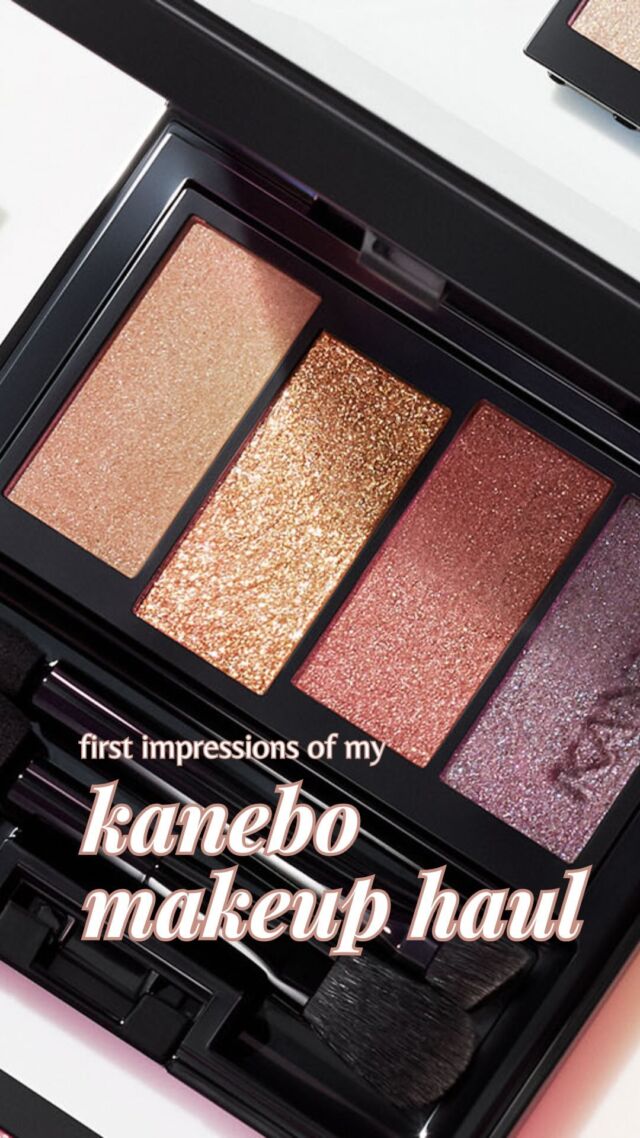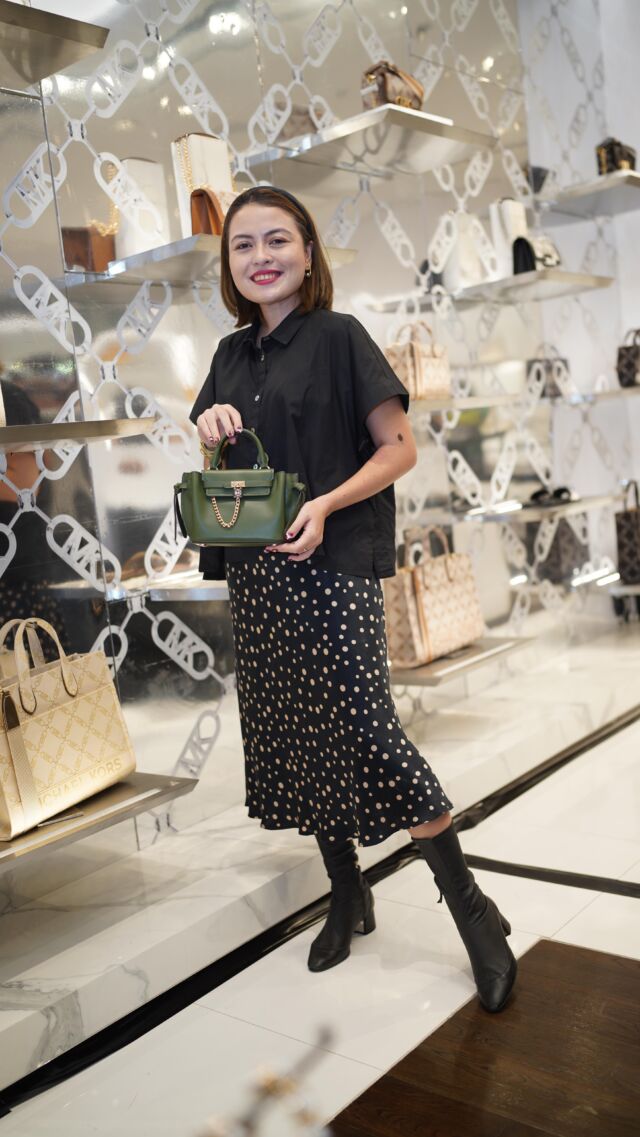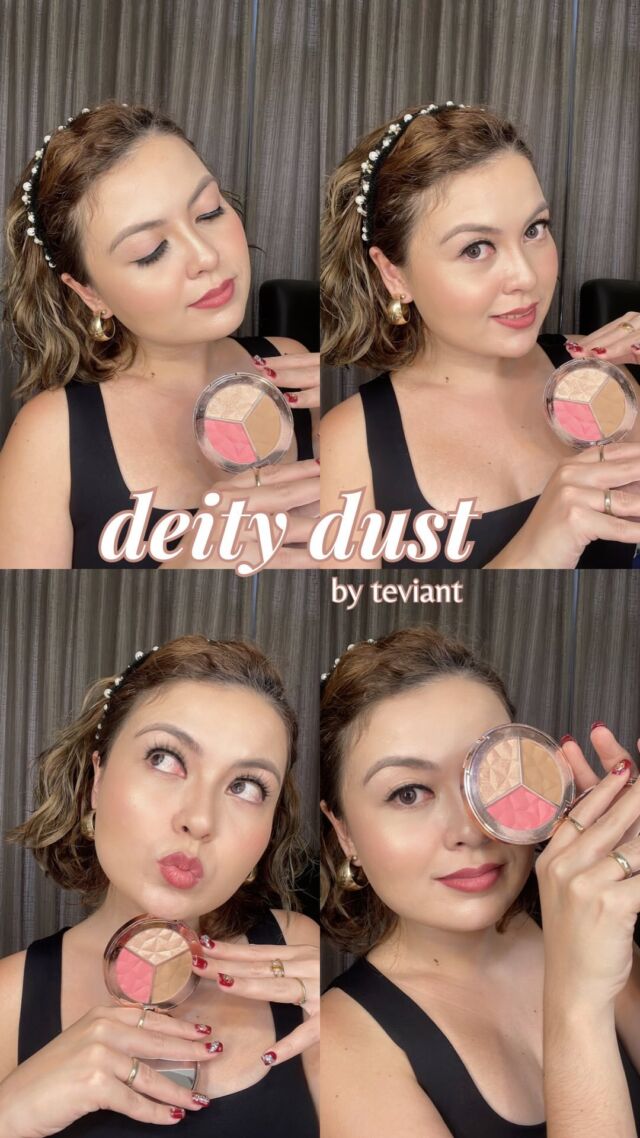Germany is known for many things. It is, after all, the home of high-quality products and big industries. People visiting the country or even living here as expats/diplomats often find themselves shopping and bringing home locally-made items that could last them for generations. Functional souvenirs, if you will. I was never one for keychains or magnets as they usually become clutter and accumulate dust. Beautiful, functional, and timeless pieces are a much better choice for some serious return of investment (ROI). For this, I often recommend pieces from Königliche Porzellan-Manufaktur Berlin (KPM Berlin).
It’s true that porcelain costs way more than your average ‘I Love Berlin’ shirt. However, it’s a true work of art that you can actually use and can last lifetimes.
I was lucky enough to be given a tour of the facility along with one of my closest friends in Berlin, Ute (Forum Magazine). We were shown the rigorous process of how KPM makes their porcelain and how their porcelain artists create such exquisite pieces that go beyond tableware.
You can watch the video below for a more immersive experience but I suggest you also read on for more details on how the whole process goes.
What is porcelain?
Porcelain belongs to the ceramics family, made from clay mineral raw materials. It uses Kaolin, or white clay, which forms half of the ingredients, as well as feldspar and quartz that each make-up 25% of the whole mix. It’s not easy to make porcelain. One needs a great deal of knowledge and experience. It is, however, quite rewarding. Porcelain is valuable due to its chemical and physical properties.

A teacup handle
Once moulded, fired, and glossed, the seemingly simple mixture becomes hard enough to withstand high temperatures. It becomes waterproof and even resistant to chemical attack. It also doesn’t deteriorate with age.
Creating art in KPM Berlin
I won’t bore you too much with the jargon but the process actually takes some time. The mixture of kaolin, feldspar, and quartz are actually mixed together with water which is then taken out through a filter and press system. The mixture is then aged for a year before it could be moulded into different shapes.

Plaster moulds for teacup handles
Porcelain is formed using plaster moulds. These moulds are 16% bigger than the intended size as the clay tends to shrink while it is being fired at.

Before and after. Notice how the glazed and finished product is smaller than the same model on the right?

Cleaning up and smoothing out the edges
After the clay comes out of the mould, they are cut up and cleaned by hand. While teacup handles (above) seem easy enough, KPM has some baskets and even dessert plates that require filigree latticework that would require one of their artists to make three thousand precise cuts for each item.

Making sure the famous Halle vases are of excellent quality
Turning up the heat
After a couple of quality checks, the porcelain is fired up in their ovens at a temperature of 980 degrees centigrade. After which, the porcelain is dipped in blue pigment. This makes it easy for quality control to spot imperfections. After all, only faultless porcelain gets the blue KPM stamp.

Shiny, shiny glaze
Perfect porcelain pieces are then dipped in glaze. Some pieces that come with matte details get a coating of orange pigment that keeps the glaze off. This is applied by hand, right before the pieces are submerged in the glaze.

The protective pigment that keeps these plates’ edges matte

Smooth and shiny
Painting
The artwork on porcelain is made by hand. KPM’s painters take time – sometimes months – to complete paintings on bigger pieces.

Lots of fine details take a lot of time to do
I just love how their painting rooms feel so homey. Their artists have been with them for years and they’ve personalised their spaces to encourage their own creativity. A popular theme on KPM Berlin vases is nature and the artists surrounded themselves with plants as inspiration.

Homey workspaces for their painters
- A special project
- The Halle vase’s 100 years of Bauhaus makeover
Taking the art home
The end of the tour brings you to the manufacturing site’s shop. A huge space that’s a mix of modern and traditional. I love how the 255-year-old company keeps up with the times. It’s like saying that porcelain is not just for old people and those who like antiques. They usually do collaborations with artists and they even have a special edition of the Halle vase for the 100th year of Bauhaus.

Both the modern and the traditional under one roof
At this point, I’ll be sharing some of my favourite pieces in their store.

Your next-level, luxe to-go cup. Ordering at Starbucks will never be the same.

Gold teacups, reflecting the design of their saucers. My absolute favourite.

24-k gold powder was used for gilding their porcelain.

Nothing beats a classic white

White and blue for a calming combo
The staff in the store are helpful and can guide you in picking up pieces for your home. There’s also a corner where you can customise your KPM Berlin porcelain.

Thanks for modelling, Ute!
I was absolutely smitten with the bar at the end of the store. They have some of the porcelain pieces on and behind it too. Classy.
- Looking for a steal?
- They’re quite easy to spot.
If you’re looking for a bargain, they also have their sale items on display on the ground floor. Don’t say I never share the good details.
Dining with KPM
You can also enjoy sipping on KPM teacups at their own café, right outside the manufacturing centre. I love that they have Dallmayr tea there. It’s one of my favourites! They are also building their own hotel so watch out for that.
- Stop by…
- … for a cup
Another place where you could dine and experience KPM tableware here in the city is over at Golvet. I reviewed them recently here on Almost Diplomatic and some of you who read this space already went to the restaurant and enjoyed it. However, I might have another reason for you to come back. And this time, with a bigger group. The Michelin-starred restaurant has a special cooperation with KPM Berlin. It allows guests who book their private dining room to use their exclusive Golvet x KPM tableware.

Handpainted, black and gold Golvet x KPM tableware
Do take note that you need to have a group of 10 people or more with you to use their special sets. Great food, after all, should be experienced on equally amazing tableware. This diplowife who’s quite geeky over table settings approves.
With that said, I hope you enjoyed and learned a bit about porcelain through the video and this post! Please share with your friends if you did!

Got Pinterest? Do pin this post.
KPM Berlin
Wegelystraße 1, 10623 Berlin
Open from Monday to Saturday, 1000-1800
Call them at 030 39009215
Click here for their website
What are your favourite pieces from KPM Berlin? Let me know in the comments!















 WONG IS DEFINITELY RIGHT
WONG IS DEFINITELY RIGHT 


 Had s
Had s


